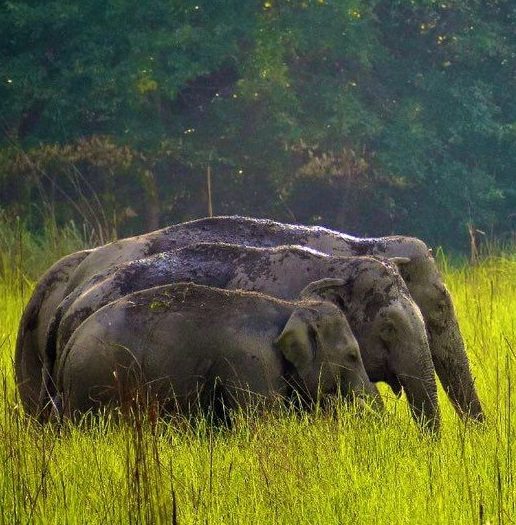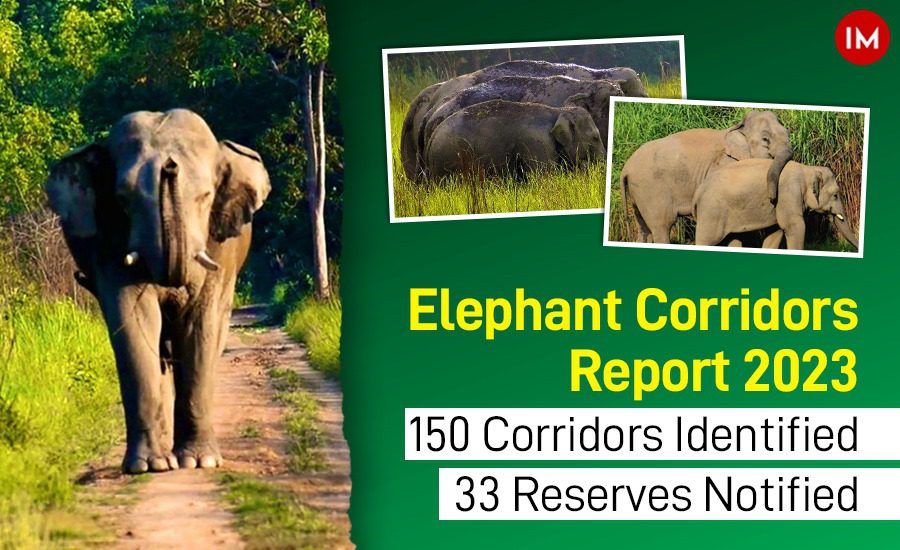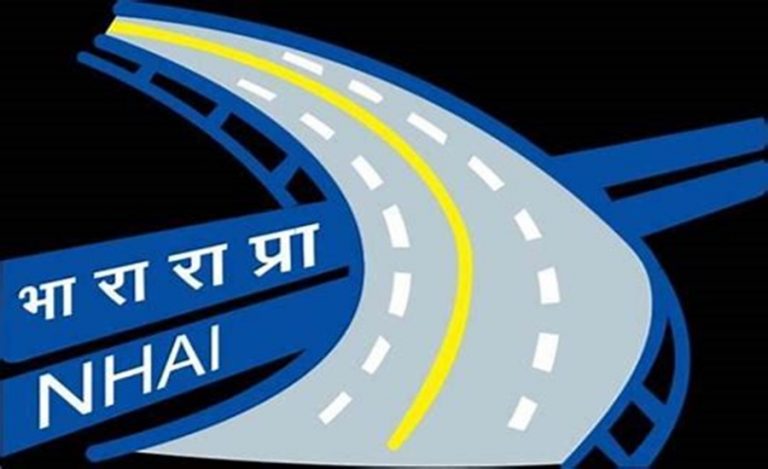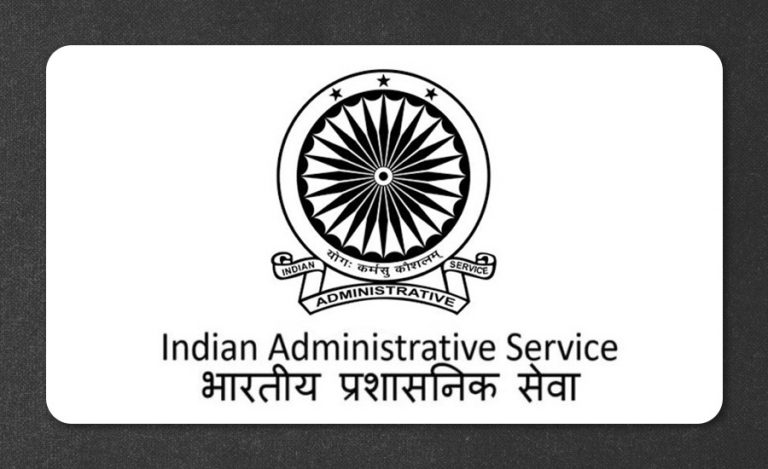Recently, wildlife experts and activists had raised the issue of the merger of two major flagship species conservation programmes launched by the Government of India, namely Project Tiger (PT) and Project Elephant (PE), and flagged certain concerns. However, it has come to light now that the projects are not being merged, only the Centrally Sponsored Schemes (CSS) have been merged. The merger of the schemes facilitates better allocation of resources, synergy in activities and also allows the managers to adopt a focussed approach in conserving both the species.
Both tigers and elephants are considered to be complimentary to each other as they occur in sympatry with very high range overlap. Now, the states can just submit one combined APO (Annual Plan of Operation) to obtain central assistance towards both tiger and elephant conservation that can be expedited at the Ministry of Environment, Forest and Climate Change.
Meanwhile, good news is coming from Project Elephant as the Elephant Corridors Report 2023, that was released very recently, states that 150 elephant corridors have been identified in 33 Project Elephant reserves and elephant habitats.
BOTH PROJECTS RUNNING INDEPENDENTLY
Both Project Tiger and Project Elephant were sub-schemes under Integrated Development of Wildlife Habitats programme. During the Expenditure Finance Committee meeting which was further approved by the Union Cabinet, it was decided that the sub-schemes of CSS (Centrally Sponsored Schemes), Project Elephant should be merged with Project Tiger for mutually benefiting purposes.
Director General of Forests and Special Secretary, Mr. C P Goyal, IFS, told Indian Masterminds, “This is to clarify that both the projects which have shown great success are running independently since they have distinct objectives and approaches towards species conservation. The merger is of not the projects but of the centrally sponsored schemes Project Tiger and Project Elephant so that a consolidated one Annual Plan of Operation of all the Tiger Reserves and Elephant Reserves from states is submitted. It will bring great synergy in taking protection and habitat management works in the field and will also optimise the resources.”

The IGF and Director of Project Elephant now heads the division in the Ministry, which has been named Project Tiger & Elephant (PT&T), and reports to ADG PT&E. Both the projects are running independently as they have different objectives and approaches in dealing with issues.
RELEASE OF ELEPHANT CORRIDORS LIST
Securing elephant corridors has long been considered an important strategy to conserve elephants and minimize human-elephant conflict in the country. In 2010, the Elephant Task Force report of the Government of India (known as the Gajah report) listed 88 elephant corridors. However, in the 16th Project Elephant Steering Committee meeting in April 2022, it was reflected that the Gajah report was published 13 years ago, and thus, it would be pertinent to ground-validate the present status of the elephant corridors in the country. And, this led to the release of the Elephant Corridors of India 2023 report.
Explaining its purpose, ADG Project Tiger & Elephant and Member Secretary NTCA, Dr. S P Yadav, IFS, told Indian Masterminds, “Elephants are the largest terrestrials herbivores on our lands, which mostly live in herds and move from one habitat to another in search of food, cover and shelter. Therefore, connectivity of their habitats through corridors needs to be protected for their long term survival and also to avoid negative human elephant interfaces. Ministry, after doing physical verification of elephant corridors, with the help of state governments and experts, have compiled the list of corridors so that monitoring of these area may be done for their protection and management.”

APPROACH FOLLOWED TO COMPILE REPORT
Elephant corridor is a strip of land that facilitates the movement of elephants between two or more viable habitat patches. Movement of elephants away from forest habitats into human domain without connecting to viable habitat patches may not be considered elephant corridors.
In the latest report, the elephant corridors were classified as ‘active’ if effectively used by elephants, as reported by the state forest department during ground-validation surveys. The corridors where elephant use was perceived to be virtually non-existent were graded as ‘impaired’. While, for elephant corridors that were reportedly active, different categories of current use of corridors by elephants have been mentioned.
Forest departments provided the list of elephant corridors for their respective states for ground validation. The lists also included the interstate elephant corridors. For states that did not provide the list, the corridors listed in the 2010 Gajah report were used for ground validation. Subsequent to ground validation, the duly filled-in data forms elucidating the attributes of elephant corridors were obtained from the state forest departments to prepare the maps and tables presented in the report.
All the elephant corridors listed in the Gajah report and additionally provided by the states were validated in the field by a joint team of personnel from the respective forest divisions and personnel nominated by the Project Elephant, often involving experts with local knowledge.
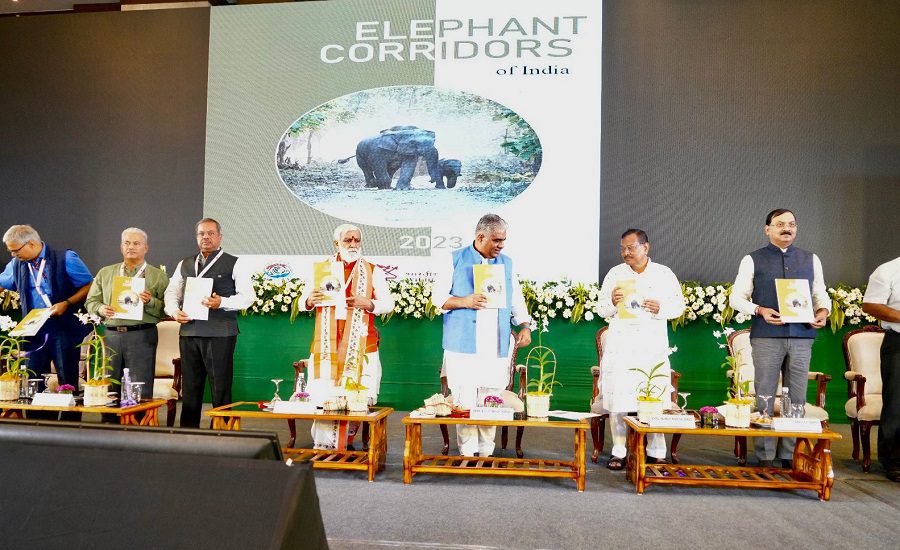
150 CORRIDORS, 33 PE RESERVES
The Gajah Report had listed 88 corridors in 2010. However, no physical verification and updation involving states was done since then. The exercise of verifying elephant corridors started from 2021 and has been competed in the last two years.
As a result, 150 corridors could be identified. This is the best possible minimum number which is subject to modification and updation in future based on inputs provided by states. The 150 corridors were reported from 15 elephant range states across the four elephant-bearing regions of India. However, in the case of Uttarakhand and Karnataka, the list of corridors and the filled-in data forms were not received. Hence, the list of corridors provided in the Gajah report was used for ground validation.
According to the report, Project Elephant reserves number has gone up from 30 to 33 in the last two years. The 33 elephant reserves cover 80777 sq kms of area across the country. The reserves are spread across 14 states. The maximum number of elephant reserves are in Assam and Tamil Nadu, with both having 5 reserves each. The last ER to be declared was the Terai Elephant Reserve in UP in 2022.
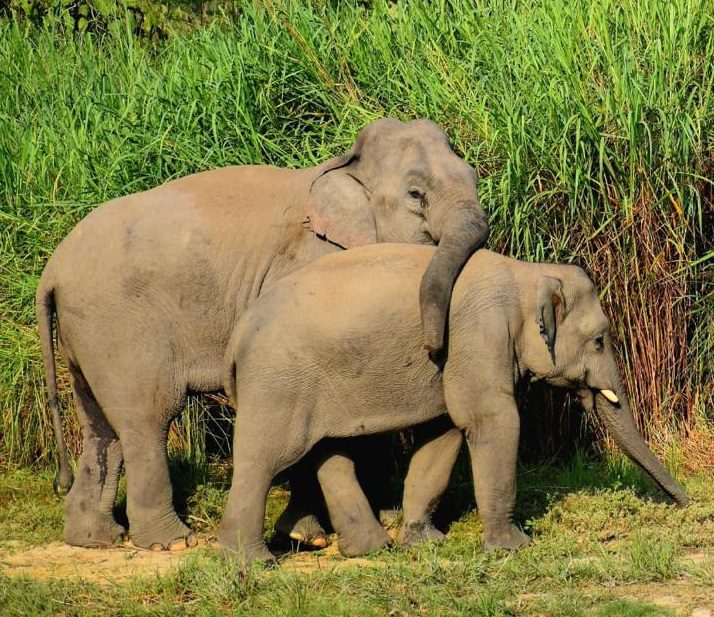
STATE-WISE NUMBERS
West Bengal has the highest number (26) of identified elephant corridors in India, accounting for over 17% of all the reported elephant corridors in the country. Among the four elephant-bearing regions, nearly 35% (52) of the elephant corridors were in the east-central region, followed by 32% (48) in the north-east region. The southern region, which has the largest elephant population in India, accounts for 21% (32) of the elephant corridors, while the northern region, that has the smallest elephant population, has the least number of elephant corridors, accounting for 12% (18).
About 84% (126) of the identified elephant corridors occur within the state boundaries and about 13% (19) are interstate elephant corridors that extend into two or more states. While, 6 transnational corridors between India and Nepal have been identified.
Fifteen (10%) elephant corridors have been impaired over time and would require restoration to facilitate elephant movement. Of the 88 elephant corridors that were listed in the Gajah report, 74 were found to be presently active with respect to elephant use.
As stated in the report, maps presented in it only show the indicative direction of the elephant corridor. The forest cover map has been used as the base layer. The exact boundaries have not been demarcated as it would require long-term elephant movement data to accurately delineate the boundaries of the elephant corridors.
